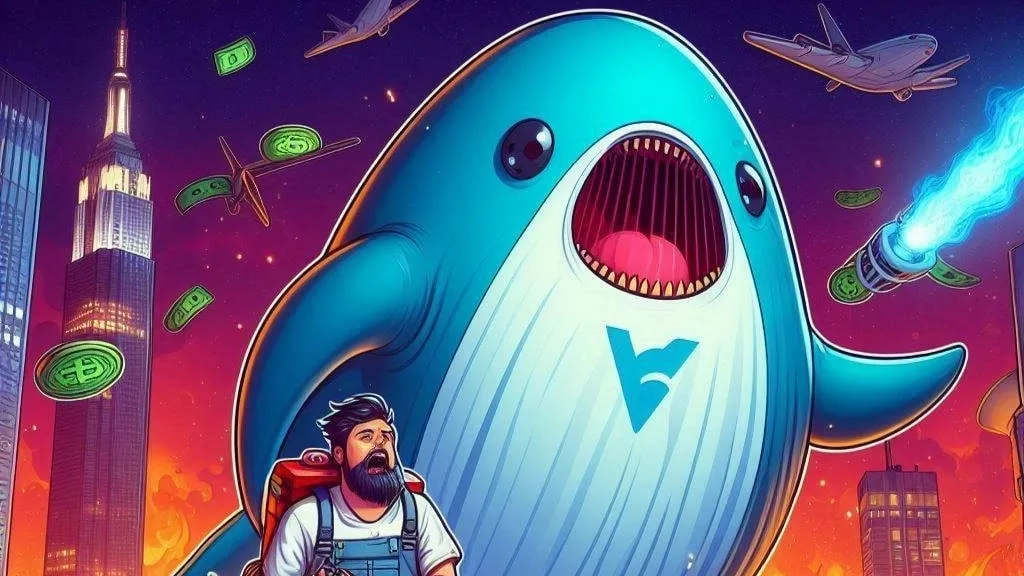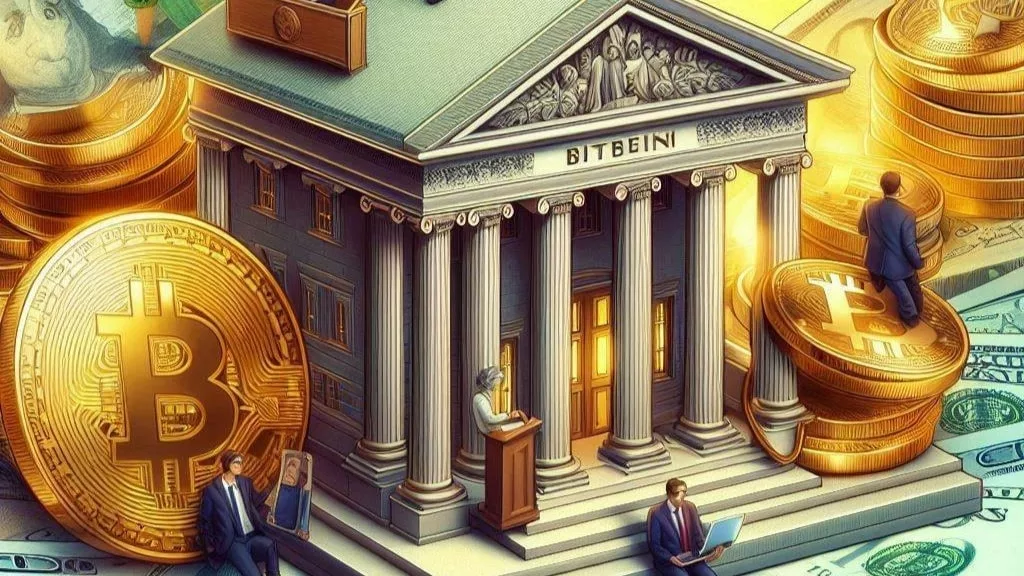
BlockFi, a cryptocurrency lending platform, has reached a significant milestone in its bankruptcy proceedings. Bankruptcy Judge Michael A. Kaplan has granted approval to BlockFi’s third revised Chapter 11 plan during a court hearing on September 26, marking a crucial step toward resolving the platform’s financial woes. This development paves the way for BlockFi’s customers to finally receive their payouts, following the endorsement of its liquidation plan by a United States Bankruptcy Court in New Jersey.
BlockFi’s journey through bankruptcy has been marked by multiple revisions and disputes, but this latest approval signals progress in the right direction. Here’s a detailed look at the key developments and what they mean for the platform’s customers and creditors.
BlockFi’s Liquidation Plan: A Roadmap to Recovery
BlockFi initially submitted its first liquidation plan to the bankruptcy court on November 28. However, subsequent revisions were required, leading to the filing of the first, second, and third amended plans on May 12, June 28, and July 31, respectively, according to court records. The extended process was necessitated by various challenges, including disputes with the creditors committee regarding the company’s senior management.
The approval of BlockFi’s liquidation plan by Judge Kaplan represents a critical turning point in the bankruptcy proceedings. Notably, it resolves disputes over legal releases that would benefit BlockFi’s senior managers, a contentious issue that had drawn objections from the U.S. Justice Department’s bankruptcy oversight body and other stakeholders. Judge Kaplan’s decision effectively overrules these objections.
In a recent court filing, the creditors committee acknowledged that BlockFi’s bankruptcy proceedings had been contentious at times. However, they emphasized that the settlement reached in the liquidation plan helped avoid administrative costs that could have diminished customer recoveries.
Despite the challenges faced during the Chapter 11 case, BlockFi is now in a position to expedite customer repayments compared to other insolvent cryptocurrency firms. The creditors committee expressed optimism that payments to BlockFi creditors could commence within the current year.
The Scale of BlockFi’s Debt
To grasp the magnitude of BlockFi’s financial obligations, it’s essential to consider the outstanding debts the platform owes. Estimates indicate that BlockFi is in debt to the tune of up to $10 billion, owed to over 100,000 creditors. This includes a substantial $1 billion owed to its three largest creditors and $220 million to the bankrupt crypto hedge fund, Three Arrows Capital.
This staggering debt load underscores the complexity of BlockFi’s bankruptcy case and the importance of finding a viable resolution that is fair to all stakeholders.
BlockFi’s Bankruptcy Saga
BlockFi’s troubles began when it halted customer withdrawals on November 10, just before the collapse and subsequent bankruptcy of FTX, another prominent player in the cryptocurrency industry. Initially, BlockFi aimed to restructure its operations, but it later concluded that liquidation would be the most effective means of repaying customers.
A significant factor contributing to BlockFi’s downfall was its association with FTX and its former CEO, Sam Bankman-Fried. The creditors committee had expressed reservations about this association, citing concerns about the platform’s exposure to FTX’s collapse.
FTX, in turn, objected to BlockFi’s bankruptcy plan, arguing that it still suffered from fundamental shortcomings. FTX’s legal team contended that the plan displayed unfair treatment towards FTX Claims in specific aspects and petitioned the Court to reject it.
In their filing, FTX emphasized their joint efforts with BlockFi to collaboratively address the intricate issues between the parties stemming from the “dueling debtor” claims. They called for a just and efficient resolution to these complex matters.
Moving Forward: What Lies Ahead for BlockFi?
With the approval of its liquidation plan, BlockFi is now on a path towards resolution and recovery. The platform can proceed with the task of repaying its creditors, offering hope to the thousands of customers and entities awaiting their dues.
However, the extent of reimbursement for BlockFi’s unsecured creditors remains closely tied to the outcome of its legal dispute with FTX and other insolvent cryptocurrency companies. The resolution of these disputes will play a pivotal role in determining how much creditors ultimately receive.
As BlockFi continues to navigate the intricacies of bankruptcy, the cryptocurrency industry watches closely, knowing that the outcome could have broader implications for the sector as a whole. The resolution of this case will shed light on how the legal system addresses complex issues arising from the intersection of traditional finance and the rapidly evolving world of digital assets.
In the coming months, all eyes will be on BlockFi as it takes concrete steps to fulfill its obligations and chart a course towards financial stability. For now, the platform’s customers and creditors can look forward to the possibility of finally receiving their long-awaited payouts, bringing some closure to this chapter in BlockFi’s tumultuous journey.



Get the latest Crypto & Blockchain News in your inbox.